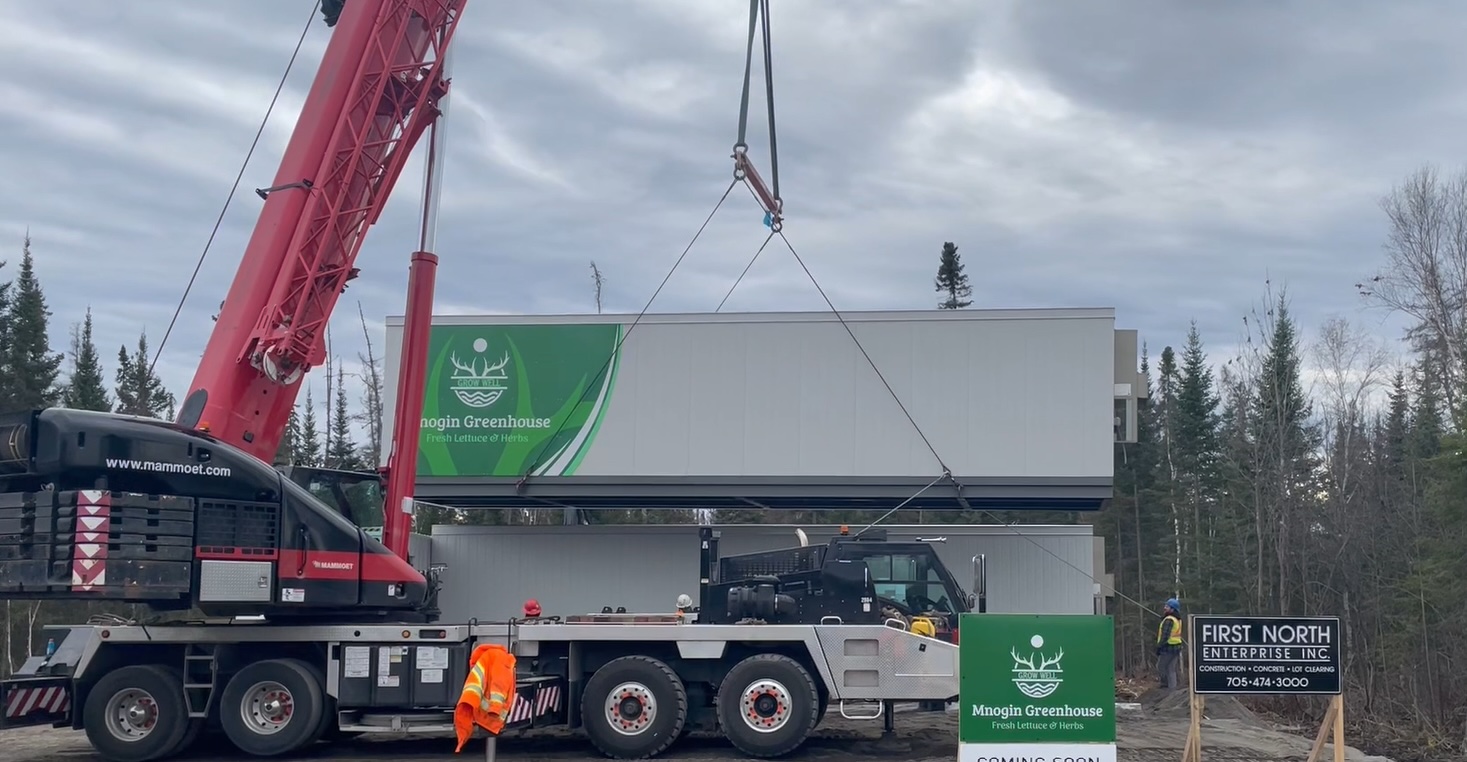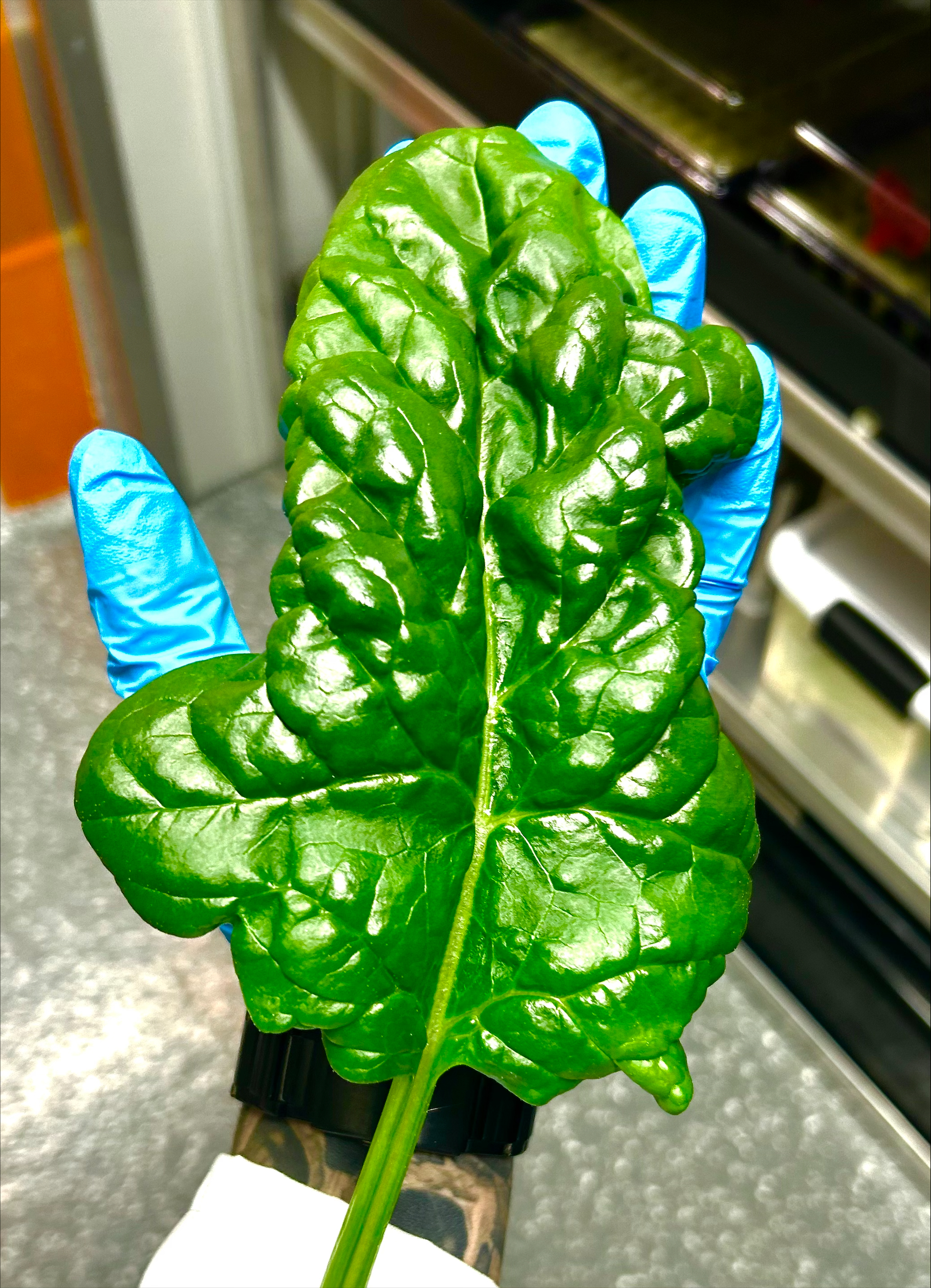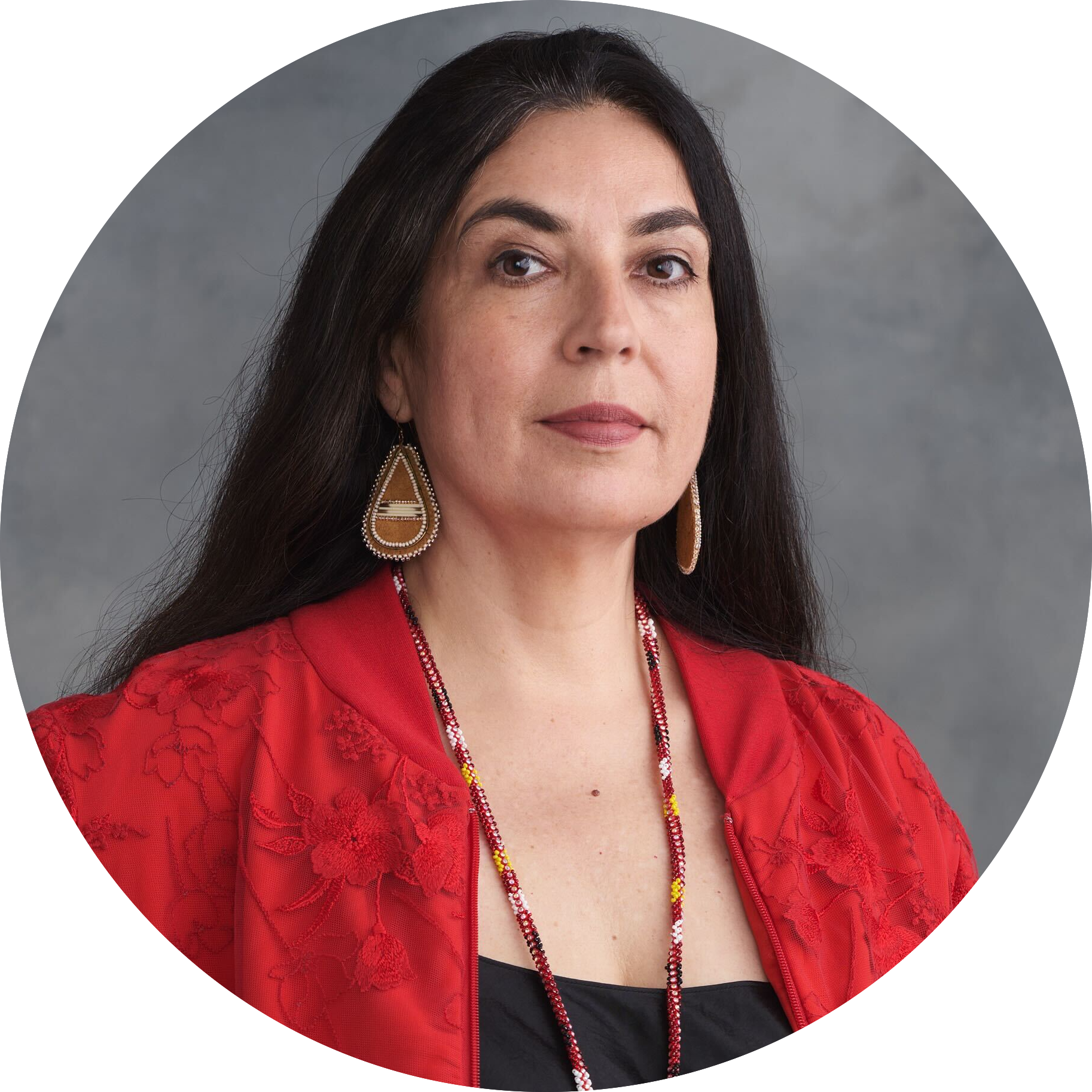
B.C. failing to protect 81% of critical habitat for at-risk species: government docs
B.C. allows industrial logging in critical habitat for at-risk species — part of the reason...
Get the inside scoop on The Narwhal’s environment and climate reporting by signing up for our free newsletter.
“Our spinach is really big spinach, sometimes the leaves are bigger than my head,” Makenzie Jones said of the greenhouse he manages in Nipissing First Nation. “The arugula as well, sometimes they’re as big as my forearm. It’s really not typical stuff you can get in a grocery store.”
Jones works at Mnogin Greenhouse, which supplies his northeastern Ontario community with reasonably priced local greens year-round. Like other northern, rural and remote communities in Canada, Nipissing First Nation experiences high rates of diet-related diseases like type 2 diabetes, largely because of the limited access to nutritious, fresh food. To help reduce those ailments, and provide better food security in a changing climate, the nation opened the greenhouse in 2023.
The name Mnogin means “grow well” in Anishinaabemowin, and was chosen from community members’ suggestions.
“It was the perfect name because it meant not only growing food, but growing the nation, growing the economy in a healthy way,” Nipissing First Nation Chief Cathy Stevens said.
Stevens was sworn into office in August, but also sat on the nation’s council back in 2016, when the idea of a greenhouse first arose. The inspiration was the success of similar projects in places with “really dry climates or very cold climates where they had very little sunshine and you could do growing around the clock, around the calendar year,” Stevens said. “So we said, ‘We have to get in on this. Let’s give it a try.’ ”

Fast forward nearly seven years, past a feasibility study and a push to secure funding from the federal government and others. Mnogin now harvests between 45 and 70 kilograms of greens and herbs per week, all of which sells out. It earns money selling produce directly to consumers, as well as supplying a handful of local businesses, while also contributing produce to community programs including the monthly food box the nation’s health centre sends to expectant and new parents, Elders’ club lunches and the Nipissing First Nation Food Bank.
“We’re in a situation now where we’re able to take that control back and create our own sources of food, and get back on track with our own food security,” Stevens said.
Hydroponics allow plants to grow without soil. It’s a technique being used to overcome limitations of traditional agriculture like inadequate water, poor soils, short growing seasons, excessive cold and limited sunlight. Hydroponic produce can be grown any time of year at any latitude, regardless of the weather.
“With the way we’re growing, we truly get 52 weeks,” Jones told The Narwhal of the growing season. Something edible is constantly in some stage of cultivation in the farm operation’s three sea-cans and one packing trailer.
Just over a year in, the project now has three full-time employees growing crops you can’t find in local grocery stores.
On Mnogin’s menu are several kinds of nutrient-dense lettuces such as Monte Carlo romaine, Toscano kale and five star, alongside at least three kinds of choi including rosie, win win, and mei qing choi. They also grow watercress, which Jones called “a superfood among leafy greens” that “actually only grows in a spring-fed ravine-type thing, so it works perfectly in our hydroponic system.”
Mnogin’s website says its hydroponic plants can grow 40 to 50 per cent faster and 30 per cent larger than similar crops when conventionally farmed, with reduced exposure to disease and no need for pesticides. As well, the team says, the greenhouse uses 90 per cent less water and 95 per cent less land than traditional agricultural practices for the same crops, which they consider especially critical for resilience in times of increasingly frequent and extreme weather events like growing rainfall intensity and drought.
“Especially with climate change … this is strengthening our food channels,” Jones said. “It’s not going to replace traditional agriculture, but rather it’s going to complement it, so that it’s making it stronger, so that we can supply for ourselves.”
With food security an omnipresent issue in the north, Mnogin Greenhouse is not the only project looking into this solution.
Nearby, Canadore College in North Bay, Ont., is also working on a hydroponic pod solution, this one focused on off-grid pods. And from Alberta to Nunavut to the Yukon, researchers and Indigenous communities are hoping hydroponics can help northerners get better access to fresh ingredients, especially given the cold climate and long transport routes for expensive, poorly preserved imported produce.
Jones said he regularly fields calls from other growers asking for advice and education on hydroponic vegetable growing because they see Mnogin’s success.
“We encourage other communities, other First Nations that have food security issues especially in the northern communities … to come in and see how our operation is going, so that they, too, can have the same opportunity,” Stevens said.
But others in Ontario caution against viewing hydroponics and greenhouses as a one-size fits all solution to solve food security issues.


Deyowidron’t Teri Morrow from the Haudenosaunee Cayuga Nation has worked as a registered dietitian in her home community of Six Nations of the Grand River since 2013. She provides frontline clinical nutritional support for patients dealing with chronic disease and obesity.
Morrow said she looked into the same technology as Nipissing First Nation, created by Growcer, to implement in her community in order to grow ceremonial medicinal plants year-round. She found it simply was not feasible, due to insurmountable costs and an inability to grow many of the traditional foods and medicines she was hoping to provide.
“It’s a little bit cart-before-horse to throw those things down in communities,” Morrow said. “It’s a great initiative if it’s communicated and collaborated and supported well.” That wasn’t her experience attempting to grow traditional foods such as lamb’s quarters, stinging nettle and yarrow — Morrow found it extremely difficult to get funding for crops that are harder to sell to local restaurants, but important to returning Indigenous nations to cultural and physical health.
Others question how many calories a greenhouse can really provide hungry communities. “Salad is not the answer to food insecurity,” Andrew Spring, the Canada Research Chair in northern sustainable food systems, told The Canadian Press last year.

Mnogin’s first year has gone well and there are ambitious expansion plans. The business development team has already secured a new plot of land nearby, hoping to double production capacity in the future. Research and development is being done into the possibility of growing strawberries and other fruits and vegetables.
Currently, they supply greens to nearby restaurants, a market in Sudbury and a small gourmet grocer in North Bay, The Culture Club. There, owner and baker Leslie Morrison said the greens are an important staple in her fridge through the winter months. “It is great to have an option for greens all year round when the outdoor growing season wanes, to be able to have fresh produce to offer people is really nice. People appreciate it.”
Morrison said the freshness is noticeable compared to what you can get in the area’s grocery stores, too.
“People often tell us how much they enjoy the flavor of Mnogin greens, and then also just how well it keeps for them at home,” Morrison said. “[The] product’s great. It comes in very, very fresh and as a result has a significant shelf life because it hasn’t been picked weeks ago and then travelled cross-country to get to us.”
Updated on Dec. 3, 2024 at 6:44 am: This story has been updated to correct the spelling of Chief Cathy Stevens’ name and to remove a statement suggesting that Makenzie Jones is a member of Nipissing First Nation.
Get the inside scoop on The Narwhal’s environment and climate reporting by signing up for our free newsletter. Angello Johnson’s shoulders burn, and his arms...
Continue reading
B.C. allows industrial logging in critical habitat for at-risk species — part of the reason...

Lake sturgeon have long been culturally significant and nutritionally important to First Nations in Ontario,...

Mark Carney and the Liberals have won the 2025 election. Here’s what that means for...

